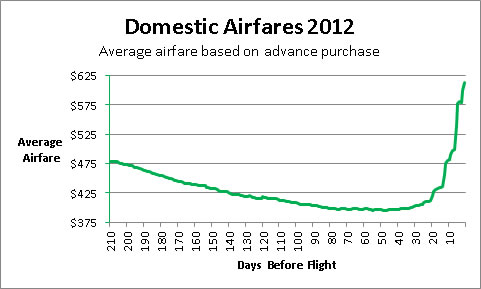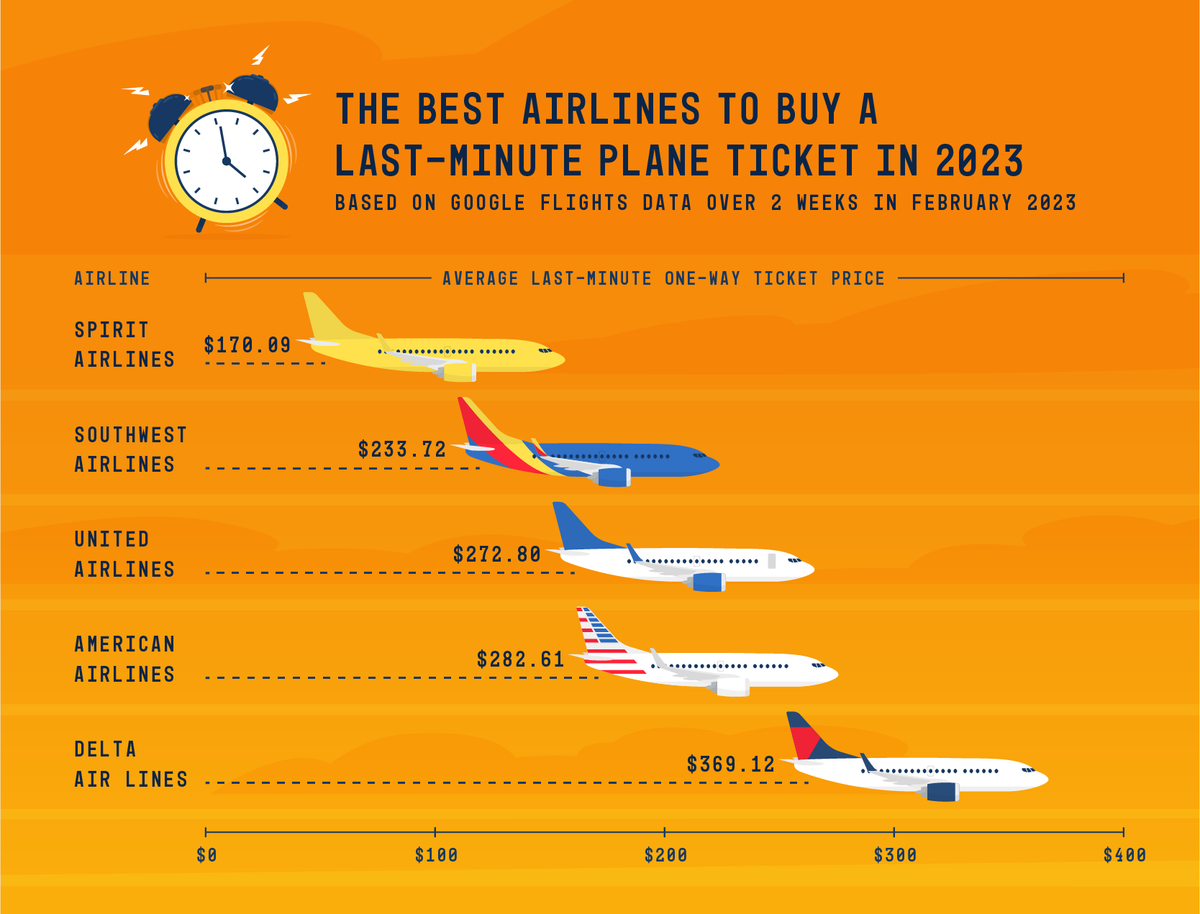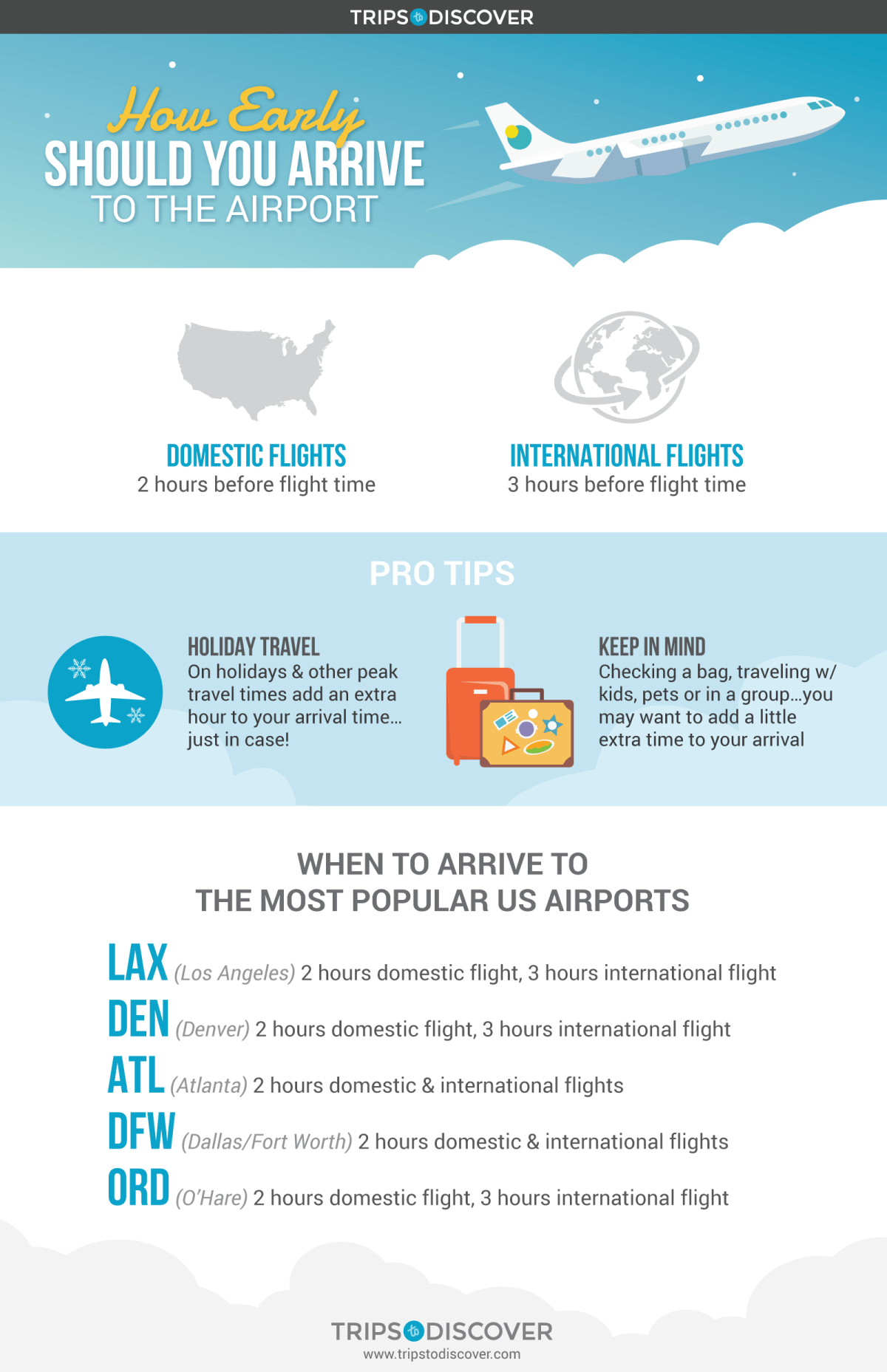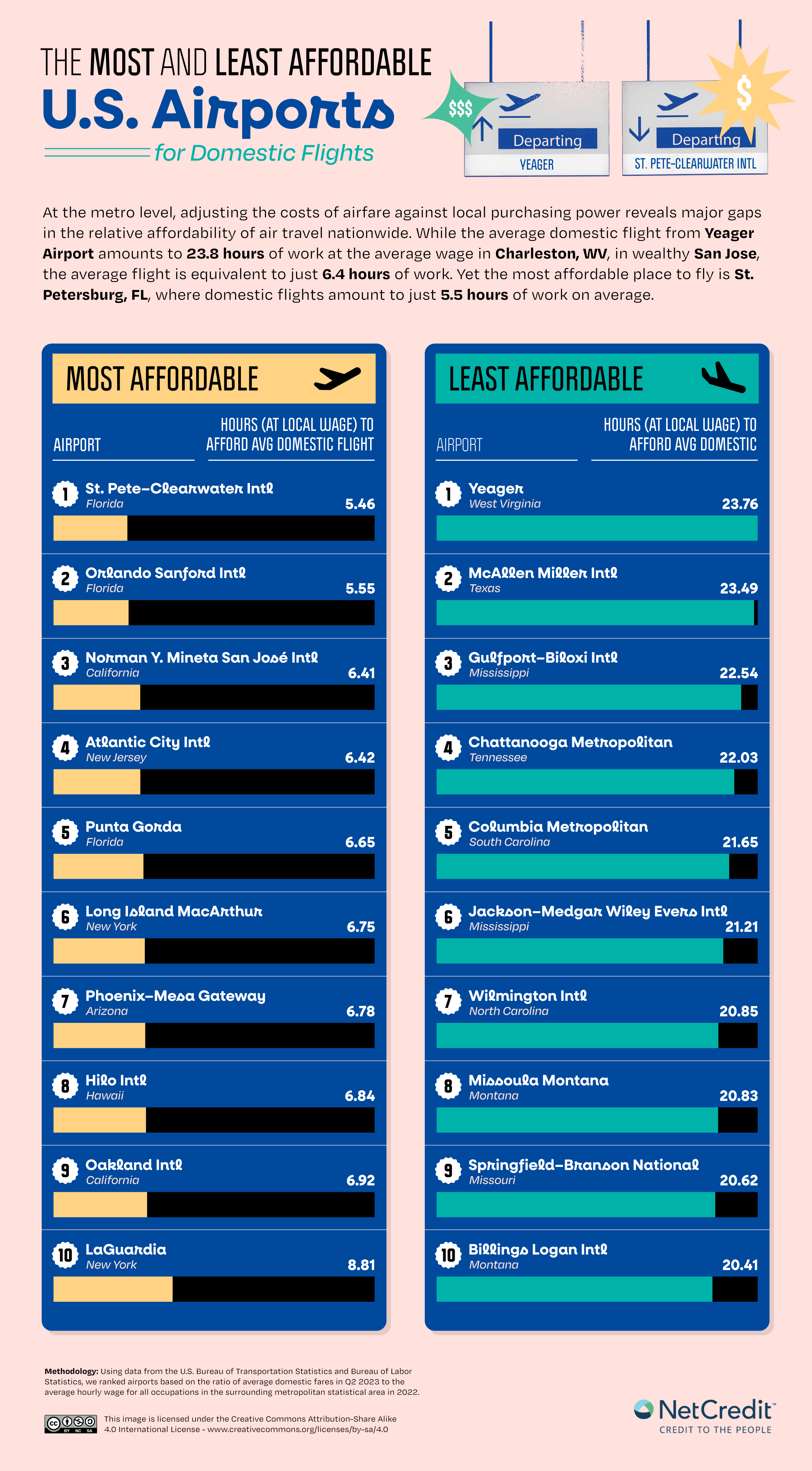
Ever noticed the lull in airports on a Tuesday? This might be your wallet’s secret weapon. Choosing to hop on a plane midweek can reveal hidden opportunities for savings, driven by lower demand compared to the weekend rush.
Historically, airlines have adjusted their pricing strategies based on consumer habits, making weekdays less expensive. Research indicates that Tuesday and Wednesday often present the most cost-effective options for domestic air travel. Experts attribute this trend to a reduced number of business and leisure travelers during these days, allowing savvy passengers to capitalize on competitive pricing.
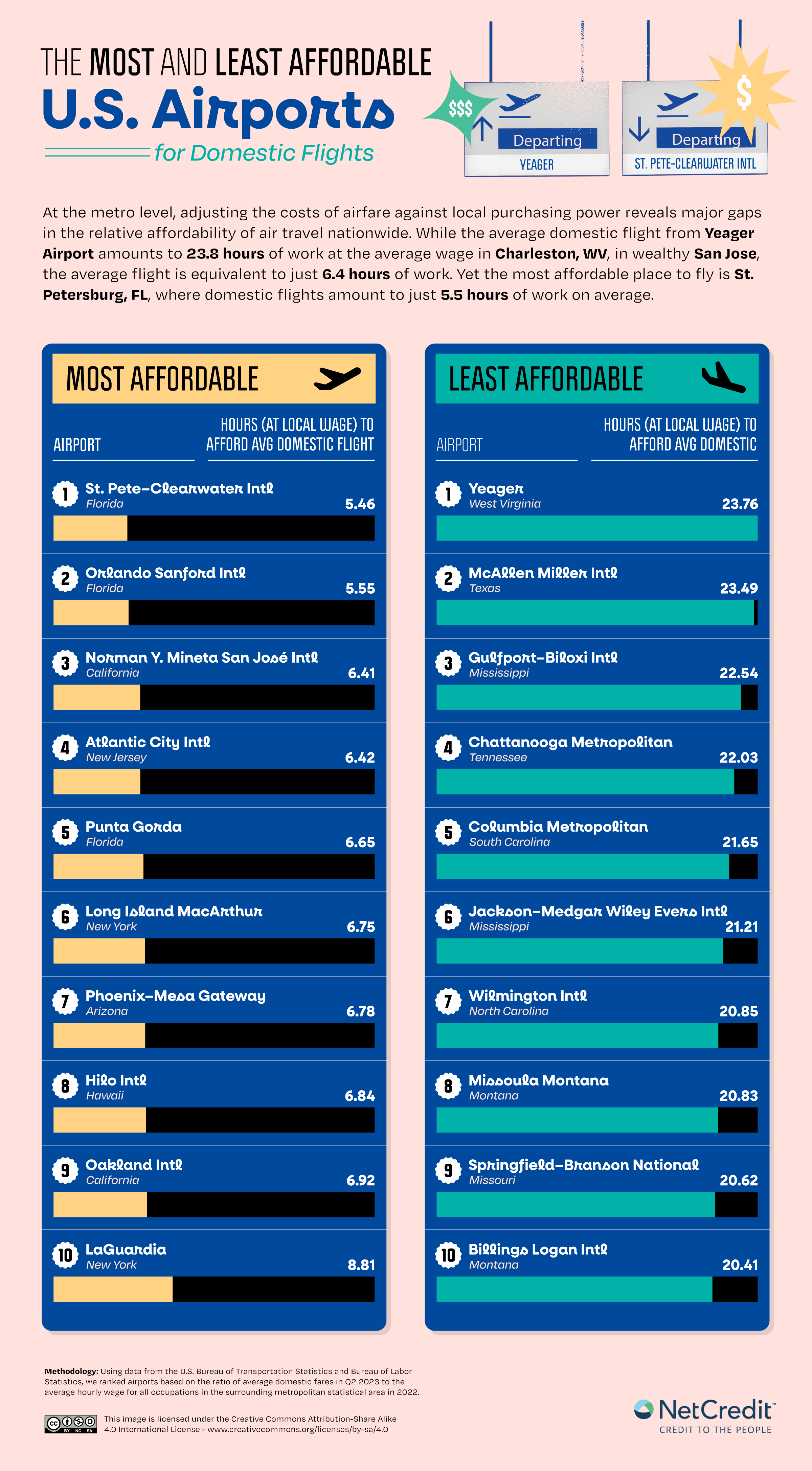
Are Domestic Flights Cheaper on Weekdays?
Flying during the week, especially Tuesdays and Wednesdays, can often be cheaper than weekends. Airlines reduce prices on these days because fewer people travel. Most travelers prefer to fly over weekends for leisure trips. As a result, weekday flights sometimes have empty seats. This situation prompts airlines to offer discounts to fill those seats.
Business travelers usually book flights for Monday mornings or Thursdays. By contrast, leisure travelers favor Friday through Sunday. With fewer passengers midweek, airlines see an opening to balance their demand and supply. They adjust fares, making midweek flights more affordable. This pricing strategy is beneficial for flexible travelers.
In addition to lower ticket prices, midweek flights often come with additional perks. There might be shorter lines at the airport and less crowded flights. Another advantage is the potential for easier upgrades to business class. Less crowded flights also mean a more relaxed travel experience. So, for those not bound by a strict schedule, midweek flights can be a treasure.
Looking for the best deals involves a little planning. Use online tools and apps to compare prices on different days. Signing up for fare alerts can also be helpful. This way, travelers get notified when prices drop. Ultimately, being flexible with dates can lead to significant savings.
Unpacking the Truth: Analyzing Airfare Pricing Strategy
Airlines use complex strategies to set their ticket prices. These strategies depend on factors like demand, competition, and time of booking. For instance, a flight booked months in advance might be cheaper than one booked last minute. During holidays, prices can spike due to high demand. Understanding these patterns helps travelers find the best deals.
Different days of the week also impact airfare costs. For example, Tuesdays might have lower prices because fewer people travel then. To maximize planes’ occupancy, airlines adjust ticket costs based on passenger trends. They aim to sell as many seats as possible. This practice benefits travelers who book strategically.
| Factors Influencing Prices | Explanation |
|---|---|
| Demand | Higher demand leads to higher prices |
| Competition | More airlines on a route can lower costs |
| Booking Timing | Advanced bookings often have discounts |
| Seasonal Changes | Holiday periods typically raise prices |
Travelers can use certain strategies to find better prices. Comparing prices on multiple websites can reveal hidden deals. Flexibility with travel dates can also provide savings. By booking during sales or using loyalty points, costs can be reduced further. Staying informed about airline strategies makes a difference in planning affordable trips.
Understanding Demand and Supply in Aviation Pricing
The principles of demand and supply are key to understanding airfares. When demand for flights increases, ticket prices usually rise. This is often seen during holidays and major events. On the flip side, if fewer people are flying, airlines may lower prices. This dynamic helps them fill more seats and maximize revenue.
Supply in aviation is determined by the number of available flights and seats. Airlines have limited planes and must decide how to allocate them across various routes. If many planes serve a popular destination, competition can drive prices down. However, limited flights to less popular locations often lead to higher fares. Thus, both availability and demand play crucial roles in pricing.
| Element | Impact on Pricing |
|---|---|
| High Demand | Increases Prices |
| Low Demand | Decreases Prices |
| Increased Supply | Can Lower Prices |
| Decreased Supply | Can Raise Prices |
Travelers who understand these factors can find better deals. Observing trends can guide when to buy tickets. For instance, booking early for high-demand periods can save money. Using apps and websites to monitor price changes can also help. By staying informed, travelers can make smarter decisions about their travel plans.
The Best Days to Fly Domestically for Cost Savings
Choosing the right day to fly can make a big difference in airfare costs. Typically, middle-of-the-week days like Tuesday and Wednesday are cheaper. Airlines see fewer travelers on these days compared to the weekend. As a result, they often drop prices to attract more passengers. This strategy is beneficial for those with flexible travel schedules.
Tuesday afternoons are often the sweet spot for booking domestic flights. Many airlines release their weekly sales on Monday evenings. By Tuesday afternoon, other airlines have matched these deals, leading to competitive pricing. This pattern means travelers can snag cheaper tickets midweek. So, it’s worth checking fares on these days.
Another affordable option is flying on a Saturday. While weekends generally see higher prices, Saturdays buck this trend. Business travel lags, and leisure travelers often start their trips on Fridays. This means some flights have surplus seats on Saturdays. As a result, airlines might offer reduced rates to fill flights.
| Day | Cost Savings Potential |
|---|---|
| Tuesday | High |
| Wednesday | High |
| Saturday | Moderate |
While Sunday and Monday are more costly, certain tools can help find deals. Using fare comparison websites can uncover discounts. Setting up price alerts can notify travelers of sudden drops. By combining these strategies with the best travel days, significant savings can be achieved. Smart planning is key to affordable air travel.
Effective Ways to Save on Domestic Flights
Getting the best deals on domestic flights requires a bit of strategy. Being flexible with travel dates can lead to huge savings. Booking flights during off-peak times like midweek can lower costs. Airlines often offer reduced fares on Tuesday and Wednesday. Being open to flying during less popular hours, such as late night or early morning, can also cut prices.
Using fare comparison websites is another smart move. Websites like Google Flights and Skyscanner allow travelers to compare prices across different airlines. They offer tools to track price changes over time. Setting up fare alerts can help travelers get real-time notifications of price drops. This way, they can book when prices are at their lowest.
Loyalty programs also offer significant benefits. Signing up for frequent flyer programs can accumulate points with each flight. These points can be redeemed for future tickets, reducing costs. Many airlines have partner programs that provide discounts on hotels and car rentals. Being part of these programs gives travelers added perks.
- Book in advance to secure lower fares.
- Use airline websites directly for exclusive deals.
- Sign up for newsletters for promotions.
- Consider nearby airports for potentially cheaper flights.
Lastly, keep an eye out for sales and promotions. Airlines often hold special sales around holidays or major events. Signing up for newsletters or following airlines on social media can keep travelers informed. Knowing when and where these promotions occur helps plan affordable trips. With a bit of effort, saving on flights can be easy and rewarding.
Frequently Asked Questions
Exploring the nuances of airfare pricing can be intriguing. This section addresses common inquiries about flight cost variations.
1. Why do flight prices differ throughout the week?
Flight prices differ throughout the week because airlines adjust fares based on demand. During the weekend, many people travel, increasing demand and prices. On weekdays, especially on Tuesdays and Wednesdays, fewer people fly, so airlines lower prices to attract passengers.
Understanding traveler habits helps airlines optimize seats and maximize profits. By offering discounts on less popular days, they ensure more fill the seats. This pricing strategy benefits travelers who can choose flexible flight dates.
2. How can travelers predict airfare changes?
Predicting airfare changes often involves tracking trends using online tools and apps. Many travelers use websites that provide alerts once prices drop. Observing historical patterns may also provide insight into when fares typically increase or decrease.
Engaging with social media and newsletters can also keep flyers informed about potential sales. Airlines often announce promotions during certain times of the year. Staying proactive and informed is key to finding the best deals.
3. What factors influence airline pricing the most?
Several factors influence airline pricing, such as demand, seasonality, and competition. High demand during holidays or special events can increase fares. In contrast, more flights on a particular route can encourage price drops due to competition.
Additionally, the timing of a booking significantly impacts prices. Early bookings may capture lower rates, while last-minute decisions often lead to higher costs. Understanding these elements can help in planning affordable travel.
4. Do all airlines adjust prices similarly?
Not all airlines adjust prices in the same way. Each airline has its own pricing strategy influenced by factors such as their target market and competition. While some may lower prices significantly for midweek travel, others might offer consistent rates regardless of the day.
Some airlines focus on providing budget options, while others emphasize premium services. Travelers should compare different carriers and their offers to find the best match for their needs. Understanding the differences can lead to smarter travel choices.
5. Are there tools that can help find cheaper flights?
Yes, several online platforms and tools can help travelers find cheaper flights. Websites like Google Flights and Skyscanner offer price comparison features, showing the best deals across multiple airlines. Some apps also provide notifications when ticket prices drop.
Utilizing these tools effectively can help in planning cost-effective trips. Additionally, some platforms allow users to set alerts for specific routes on preferred dates. By keeping an eye on these resources, travelers can access competitive rates efficiently.
Conclusion
Deciphering airfare pricing strategies unveils a dynamic interplay of supply and demand influences. Midweek flights often present more cost-effective options due to lower traveler numbers. Airlines adjust their pricing to align with consumer behaviors, offering smart travelers the chance to save substantially.
Understanding these patterns is essential for making informed travel decisions. By leveraging available tools and staying flexible with travel dates, passengers can unlock significant savings. An informed approach to planning can lead to both economical and efficient travel experiences.

